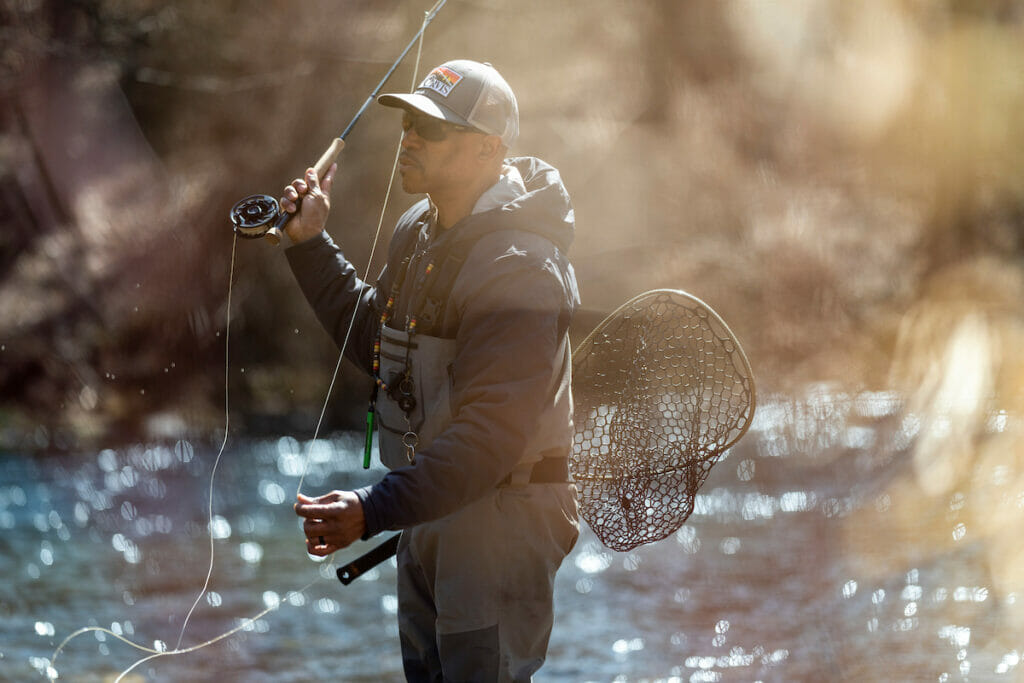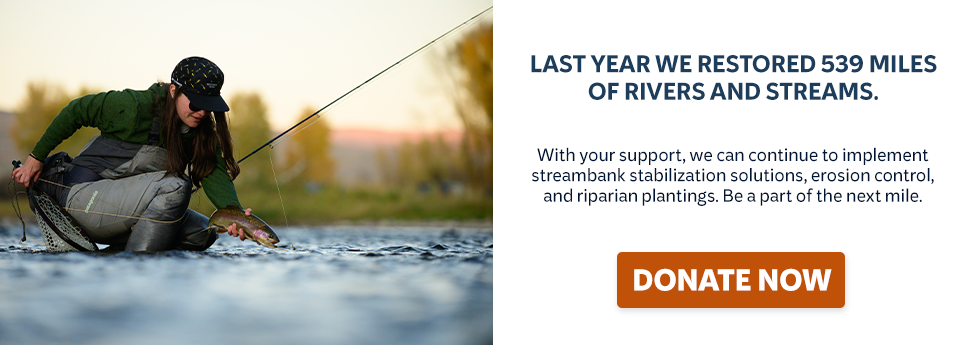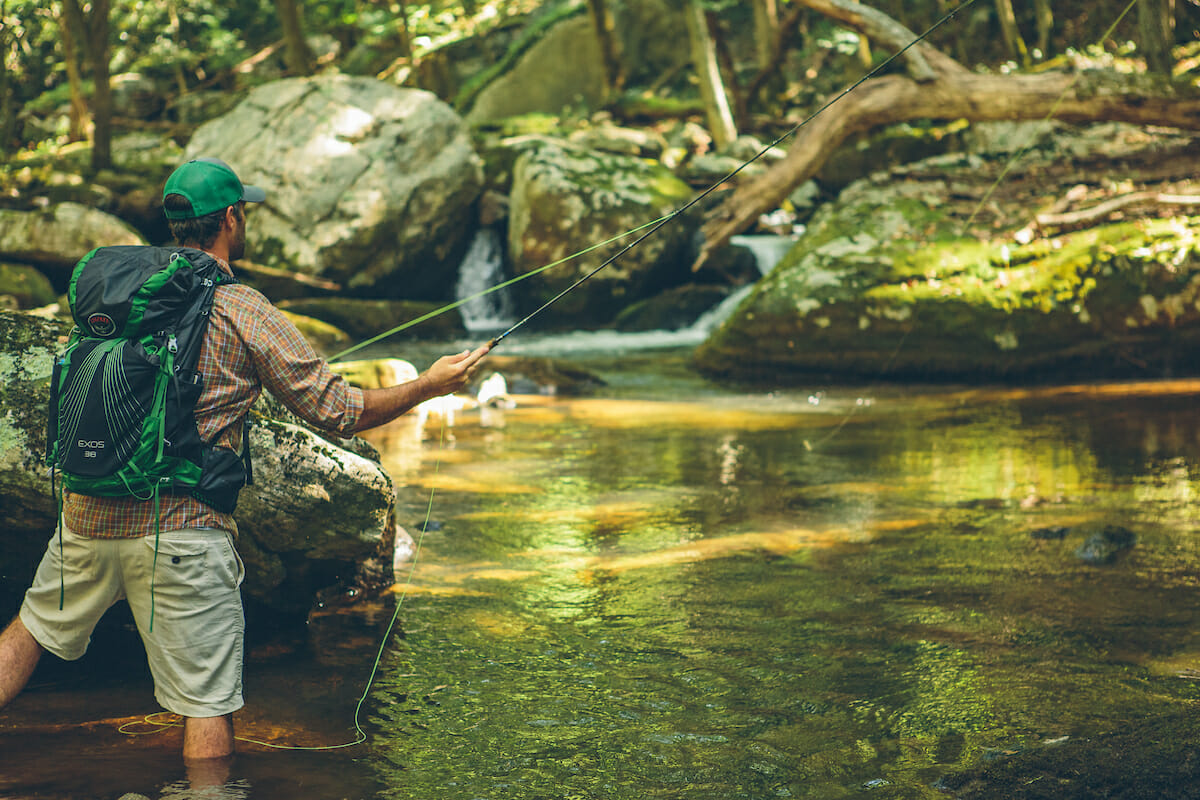So, so much attention is paid to casting fancy loops overhead, forming the perfect wind-cutting “U” shape and all that, which is wonderful.
But your best friend for setting up a great cast is the water right in front of you. Friction and resistance built up by pulling and lifting a fly line off the water is the best “rod-loader” in the entire world.
Keep that tip low when you start the backcast, and half your concerns are taken care of. If you try to do everything in the air only, you’ll only spook fish. In fact, during many forays of scuba diving and watching trout under the river surface, it was abundantly clear that the number one factor that spooked fish was the presence of shadows overhead. Bird shadows (natural predators) were number one, but false casts were also pretty spooky. Too many false casts and too many adjustments, only hurt you!

You want to strive to be a “pick it up and set it down” caster, or a one-shot wonder. One shot matters most, and that’s true whether you’re banging mangroves in salt, or pounding the banks with hoppers on a trout river. Done right, a one-shot, water-loaded cast can and should travel up to 60 feet or more, which is plenty of range to catch any trout, tarpon, bonefish, permit, carp or any other species in the whole wide world.
Adapted from the Little Black Book of Fly Fishing, Skyhorse Press



